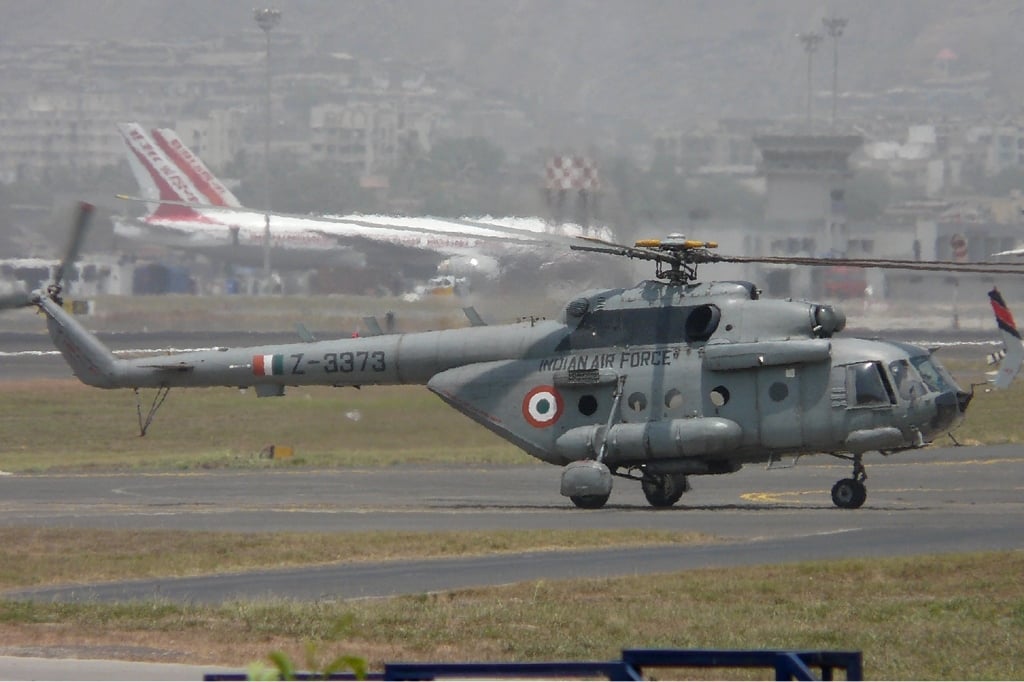The Indian Air Force (IAF) has mobilized emergency air assets to assist in relief efforts following a devastating cloudburst in Jammu and Kashmir’s Kishtwar district. Official reports confirm over 45 fatalities and approximately 220 people missing. In anticipation of rescue operations, two Mi-17 medium-lift helicopters and one Advanced Light Helicopter (ALH) Dhruv have been placed on standby at Jammu and Udhampur, ready to deploy as soon as weather conditions allow.
The Mi-17, originally developed in the Soviet Union and now equipped with upgraded engines and avionics, is capable of transporting heavy loads in rugged mountain terrain. Supporting these efforts is the ALH Dhruv, an indigenous helicopter developed by Hindustan Aeronautics Limited (HAL). Since its induction in 2002, more than 400 Dhruv units have been produced, logging over 340,000 flight hours for military, disaster relief, and export missions.
Authorities emphasize that operations depend on the first available weather window, as the Himalayan region is prone to sudden climatic changes. Studies published in the Indian Journal of Geosciences (2023) indicate a 15% increase in cloudburst events across the Himalayas in the past decade, driven by climate change, significantly raising the threat of flash floods and landslides.
The IAF’s swift response draws from its proven record in humanitarian missions, such as during the 2004 Indian Ocean tsunami when its helicopters played a key role in rescue and evacuation. With a force of over 135,000 personnel in 2025, the IAF remains at the forefront of India’s disaster relief operations, offering critical support and hope to communities in Kishtwar as recovery efforts get underway.













